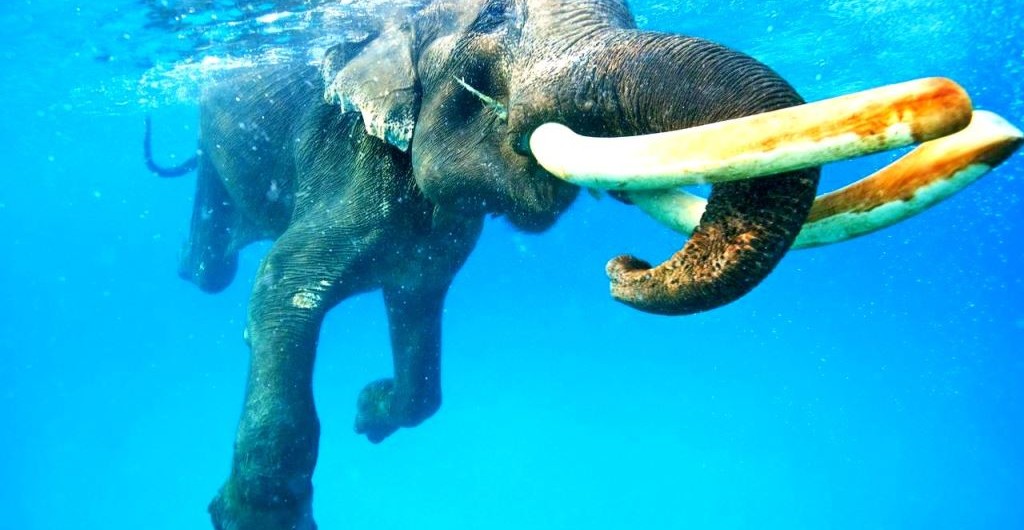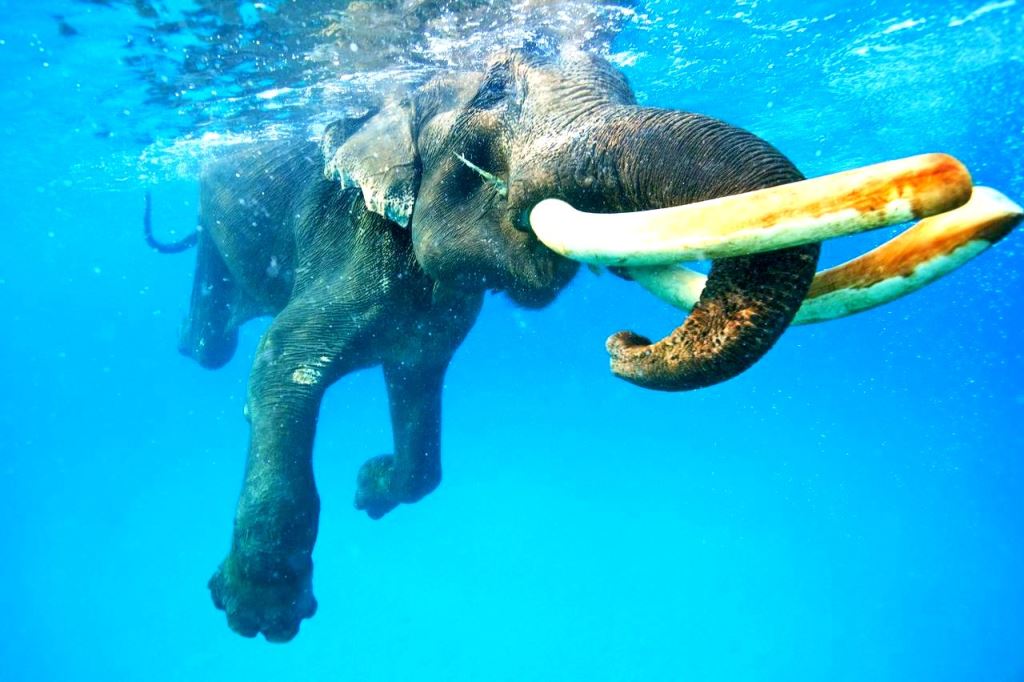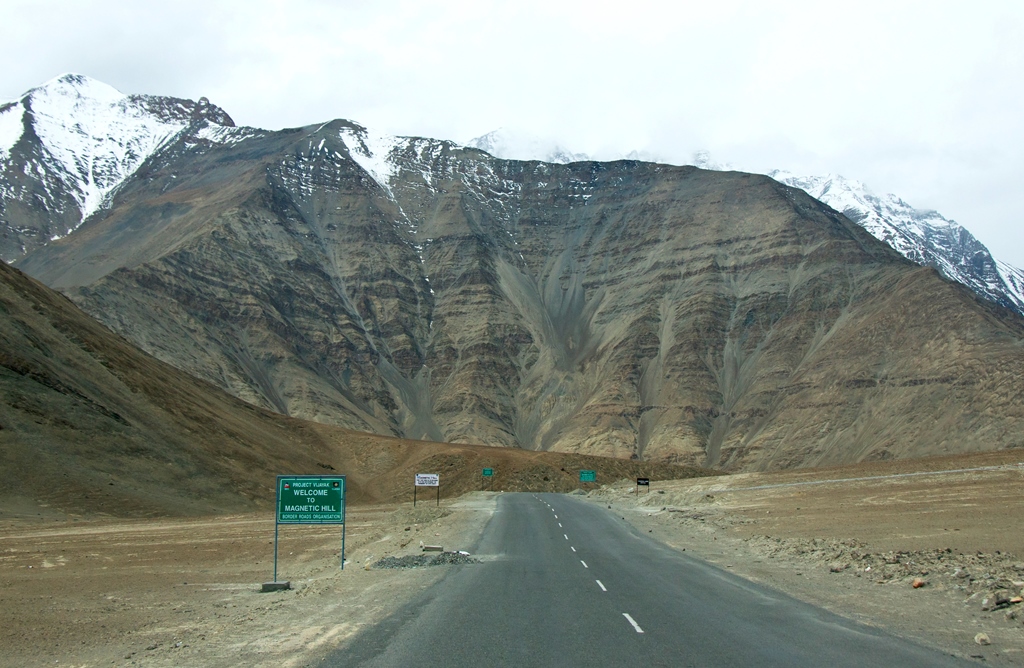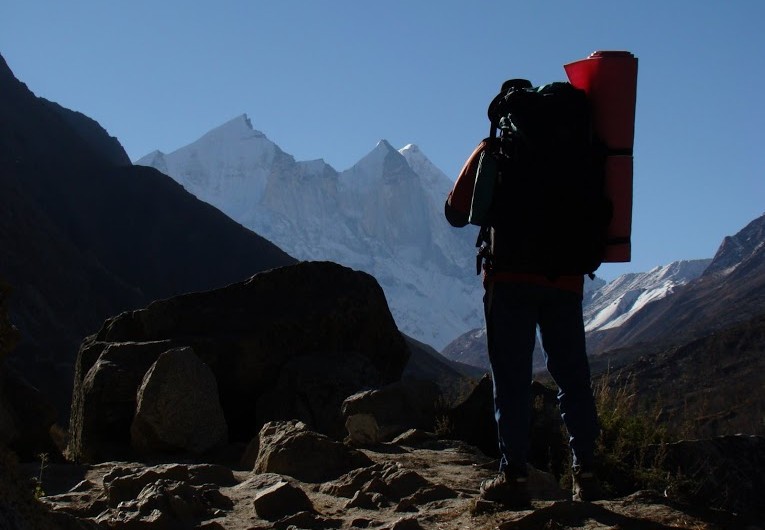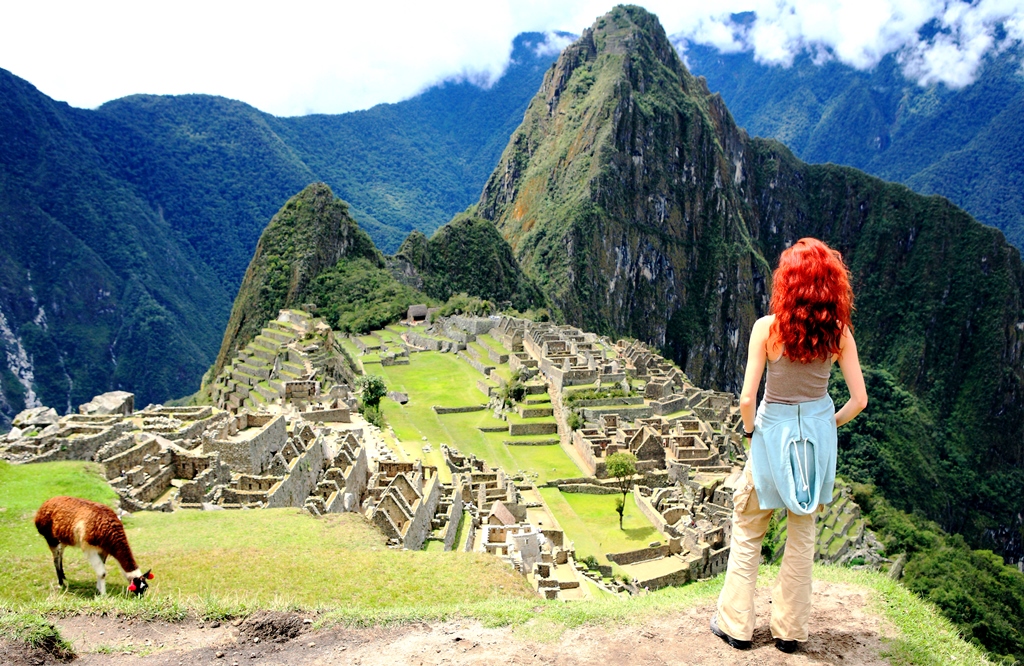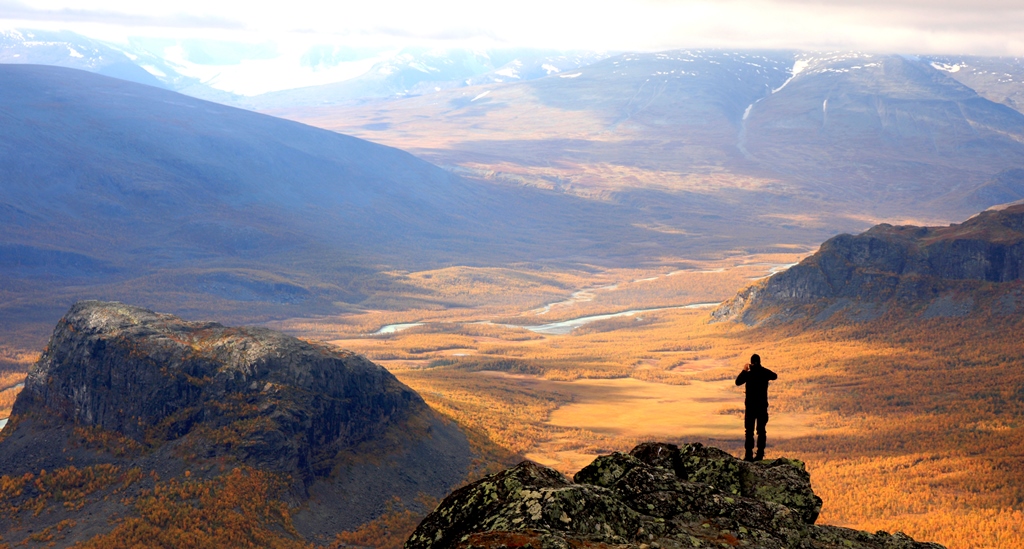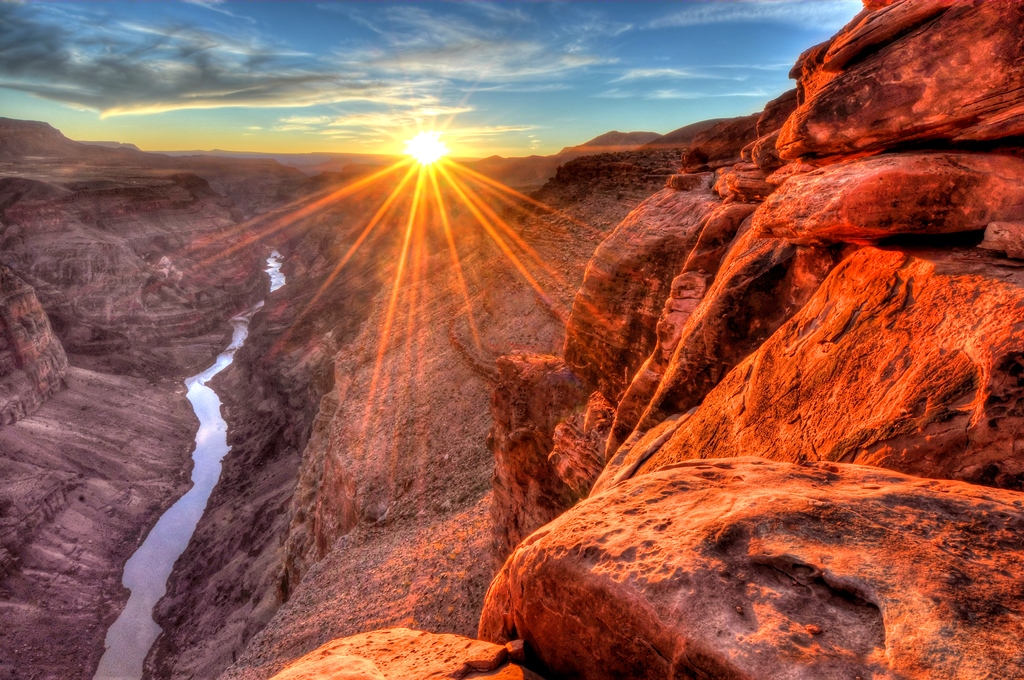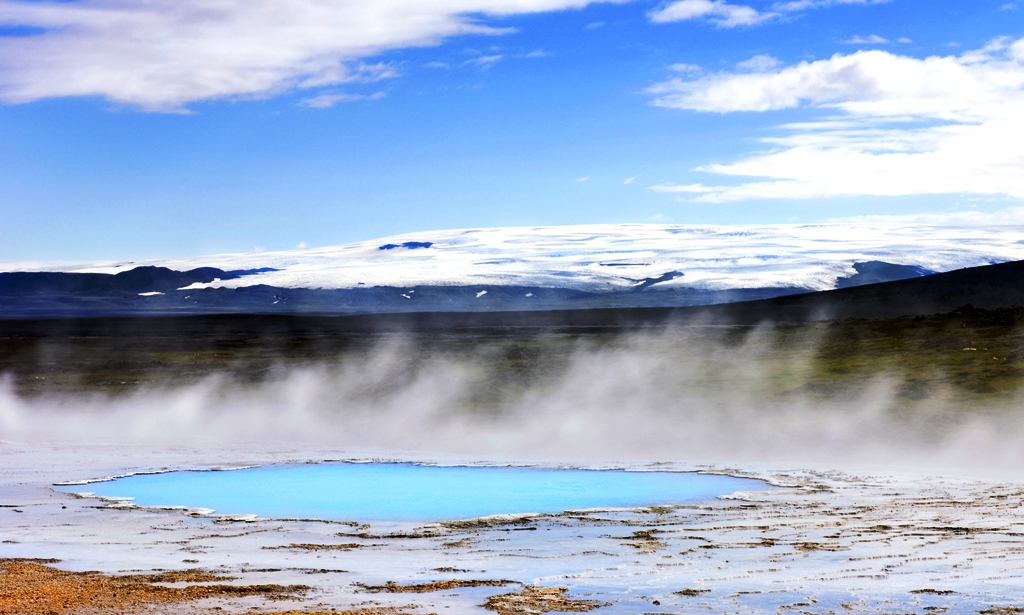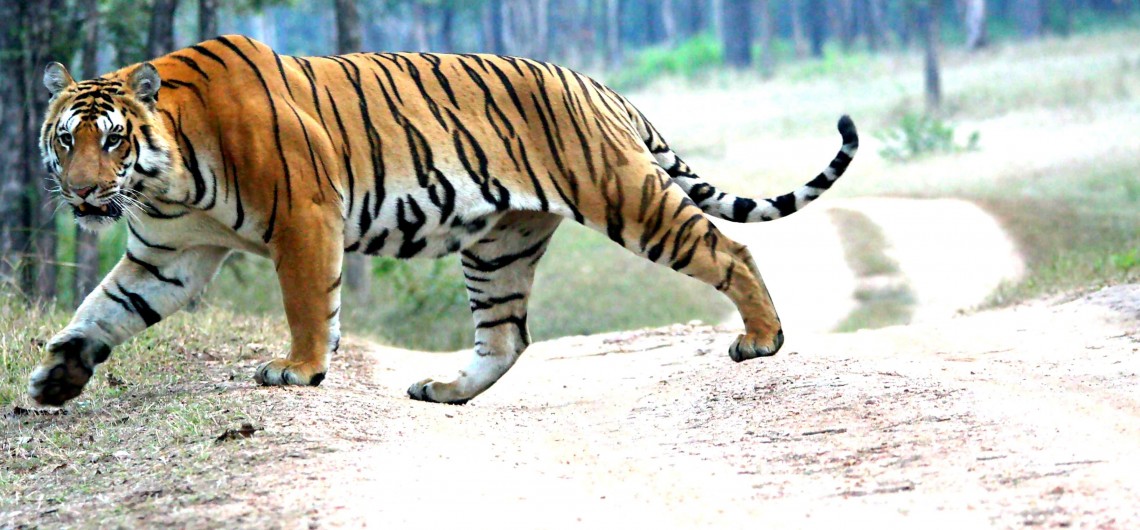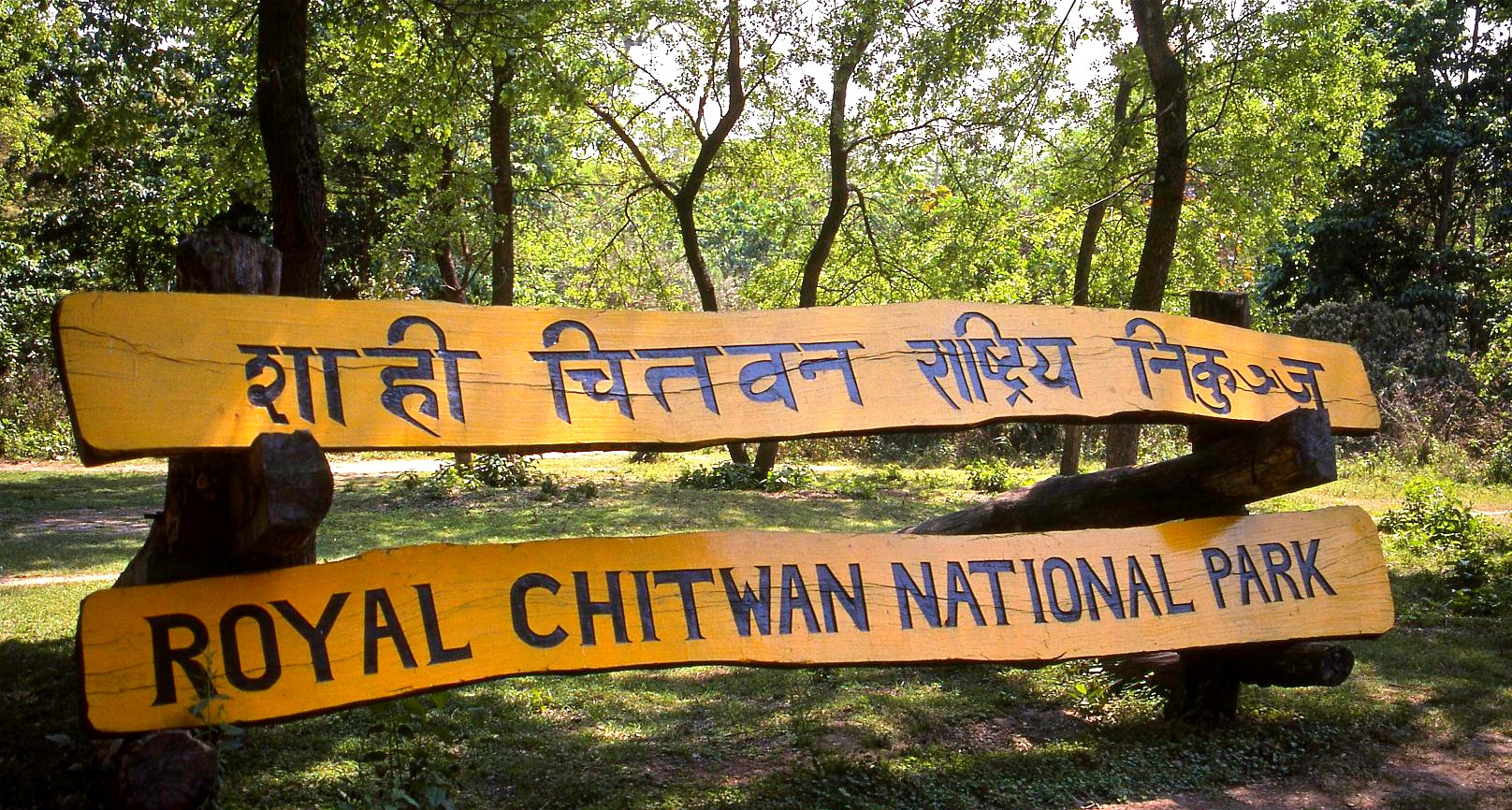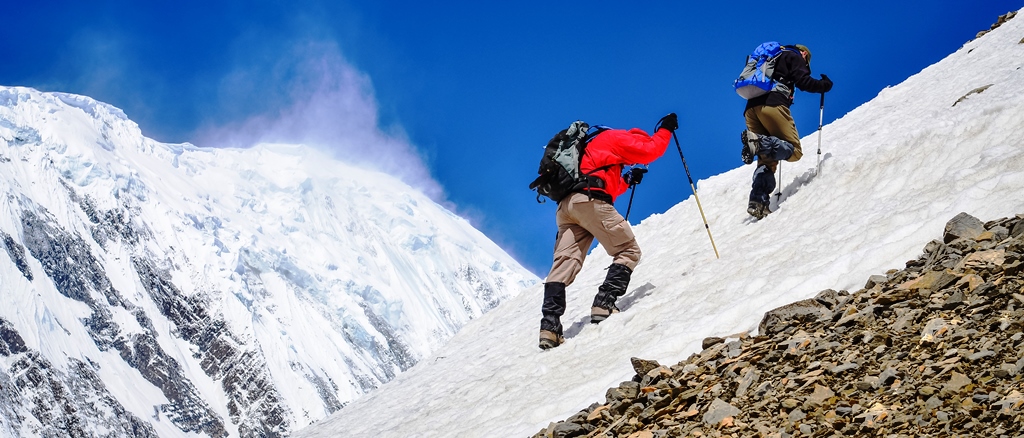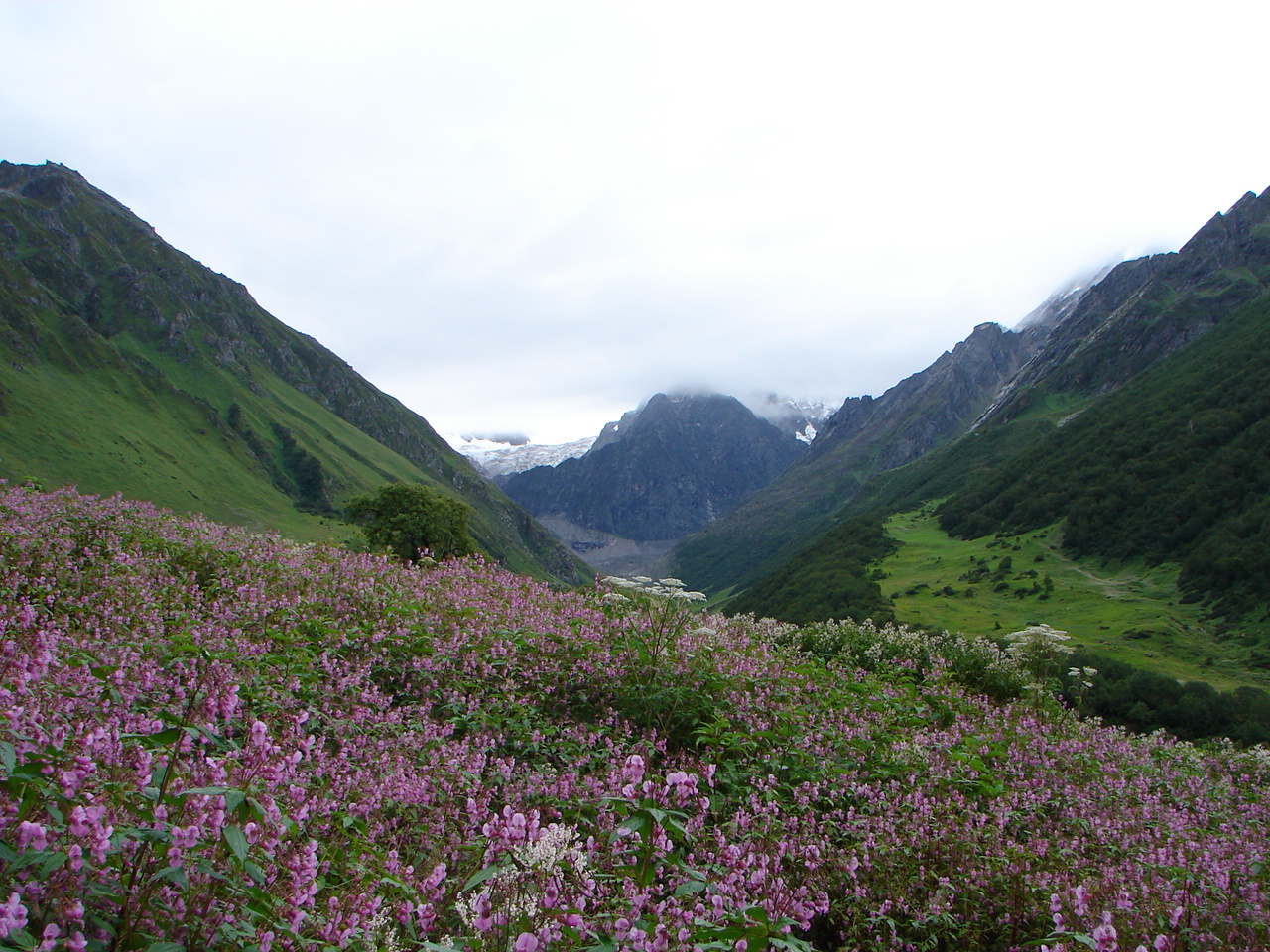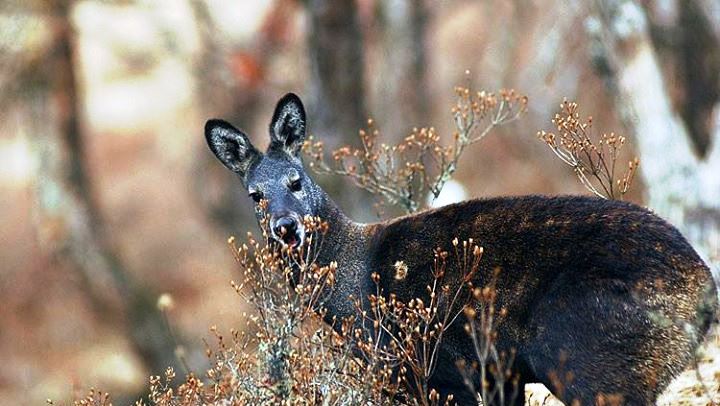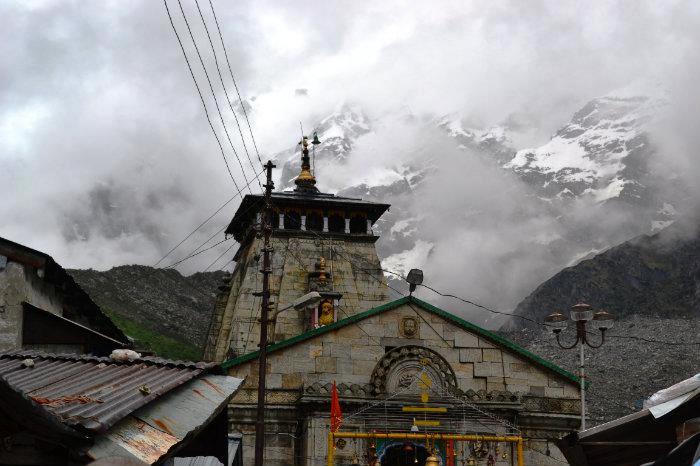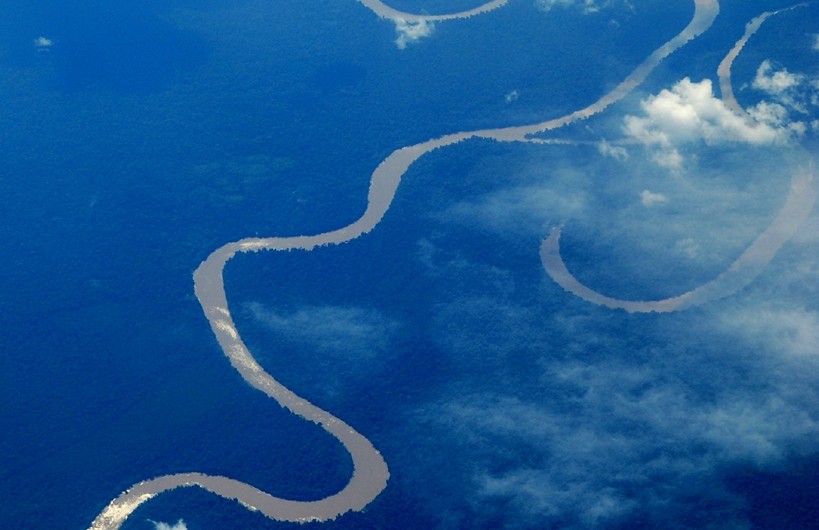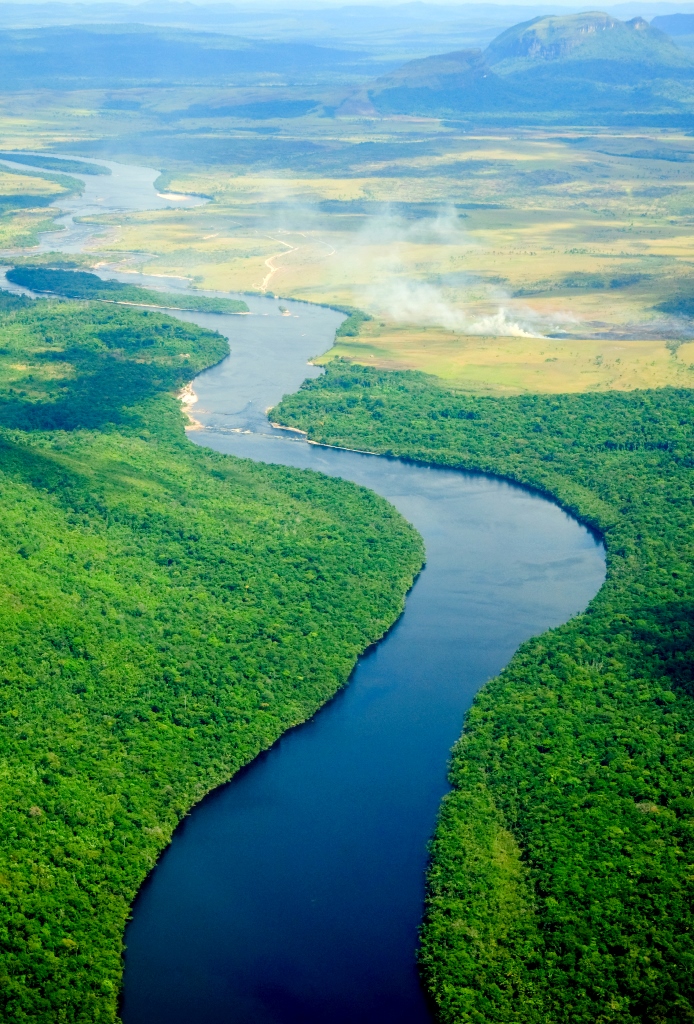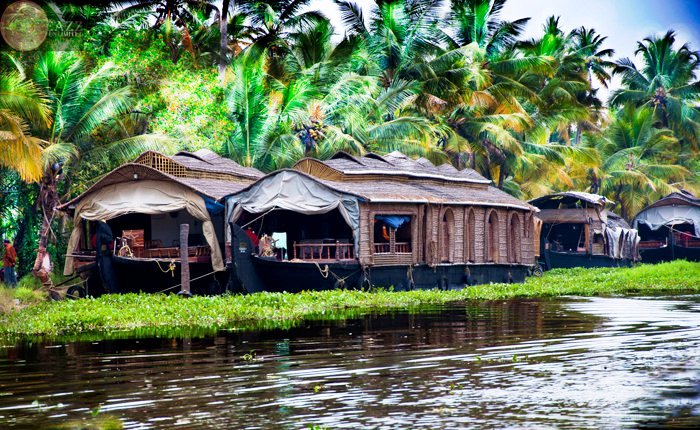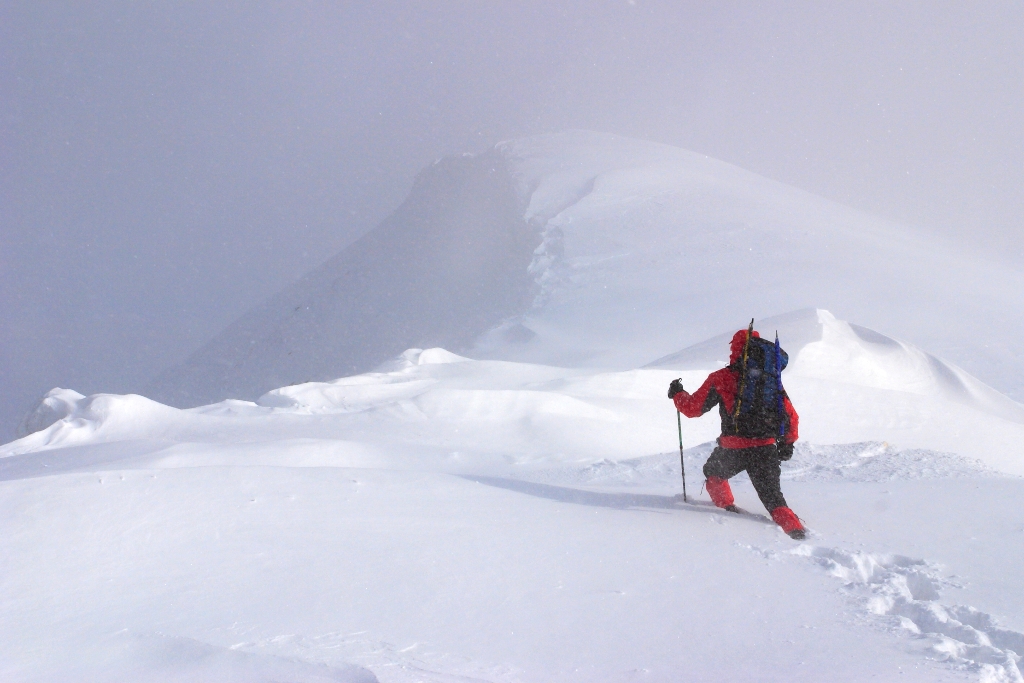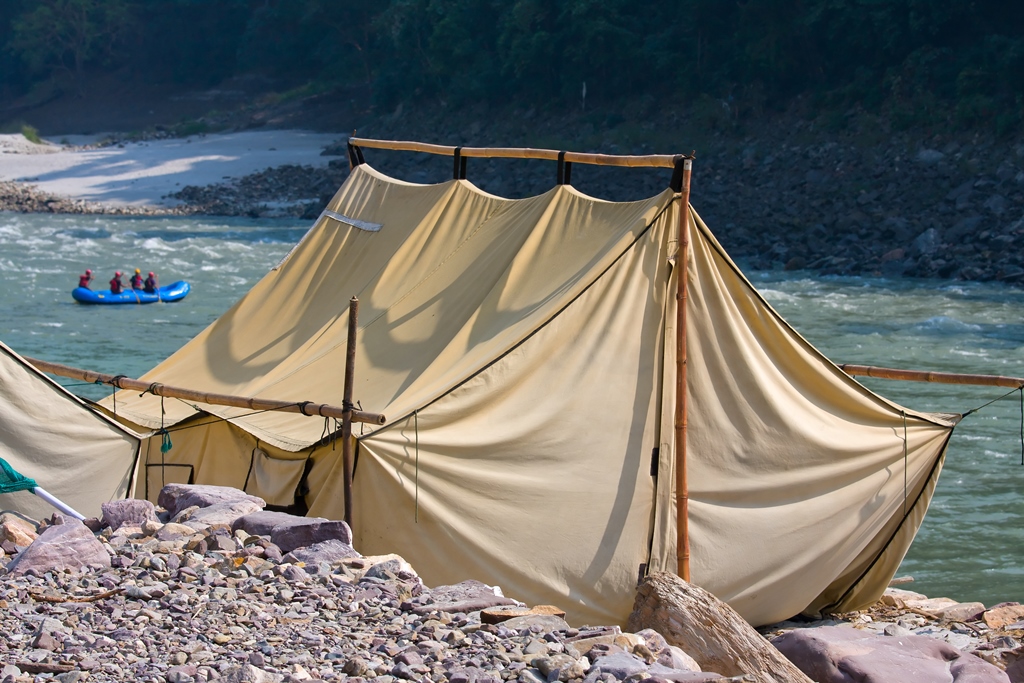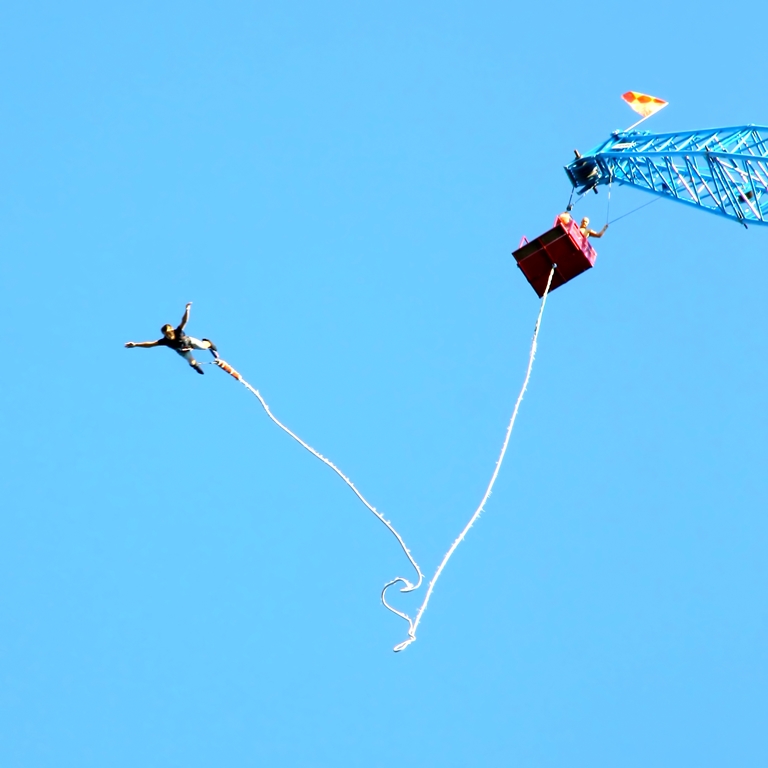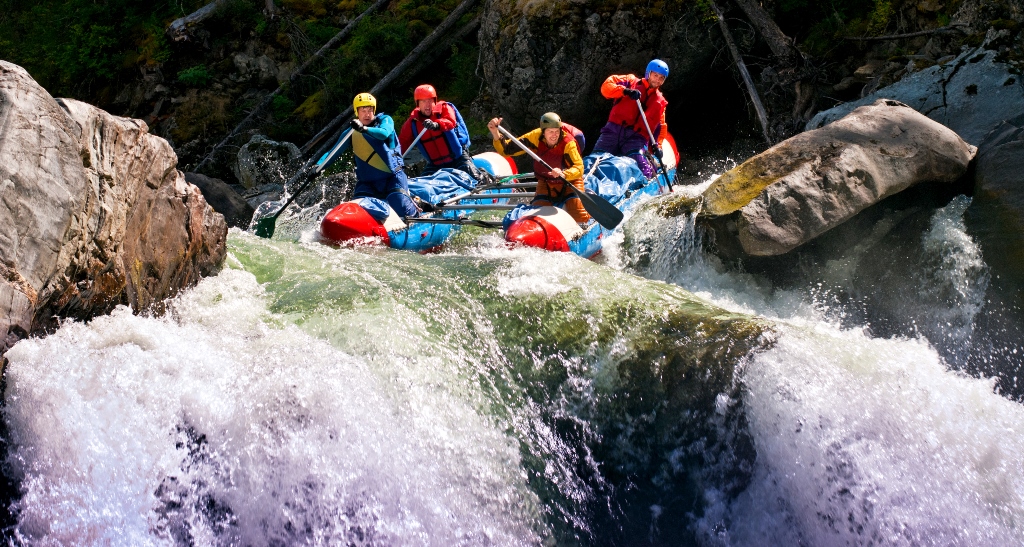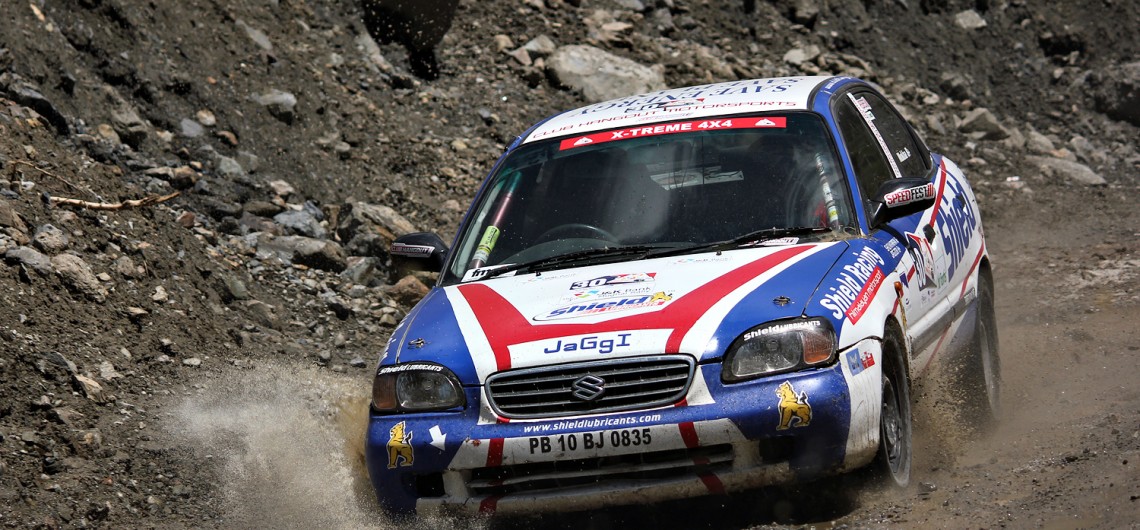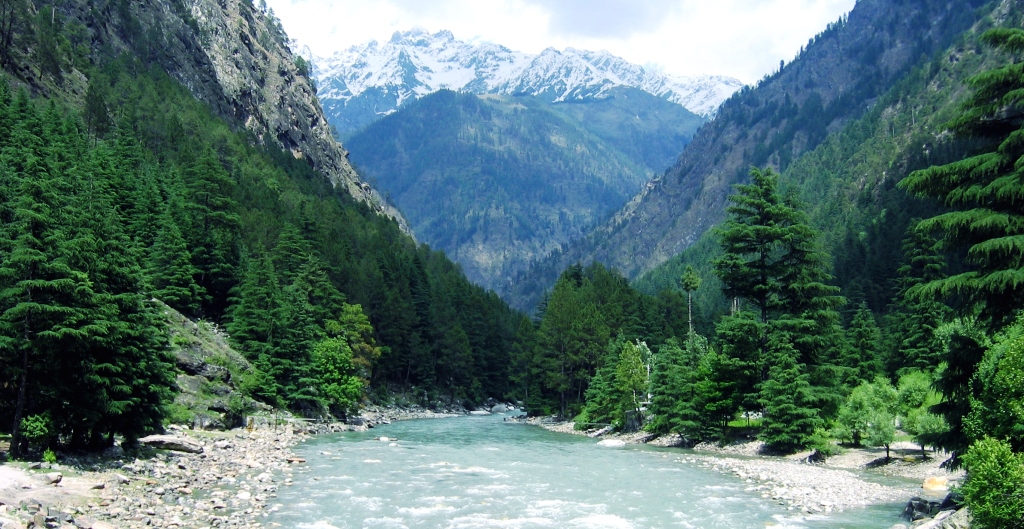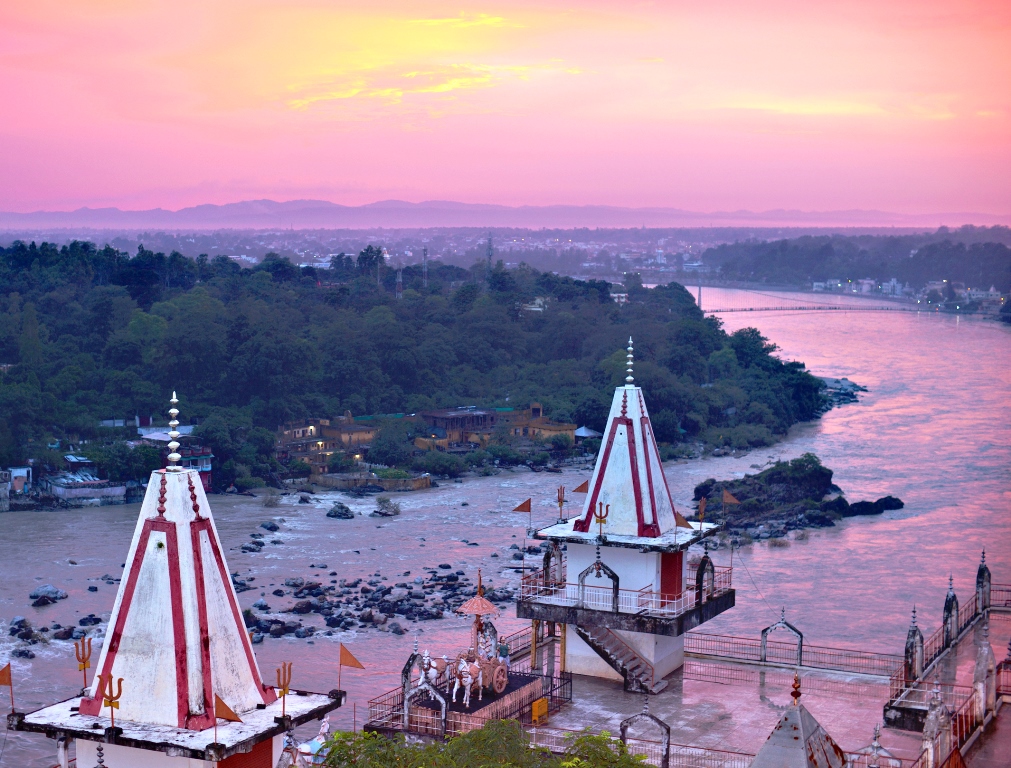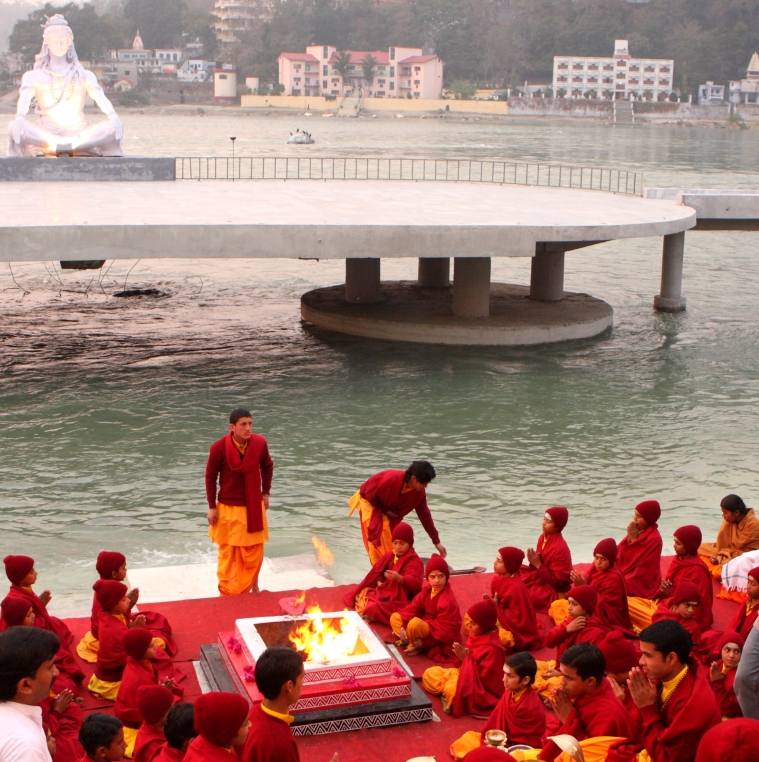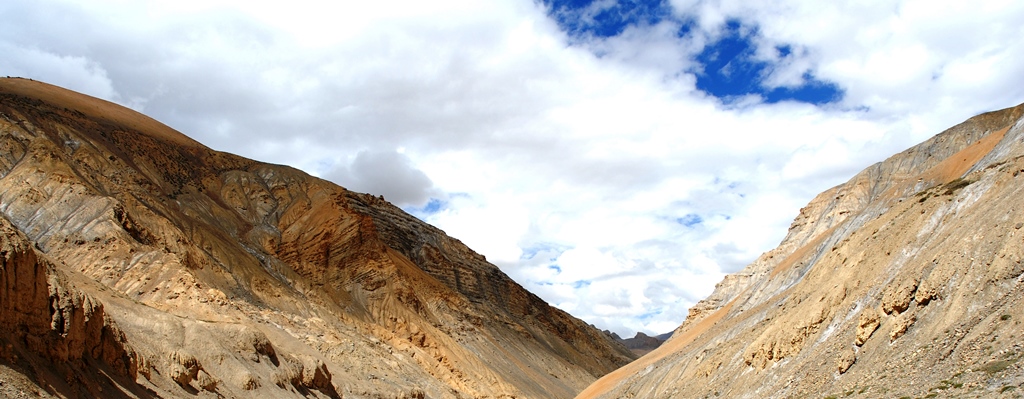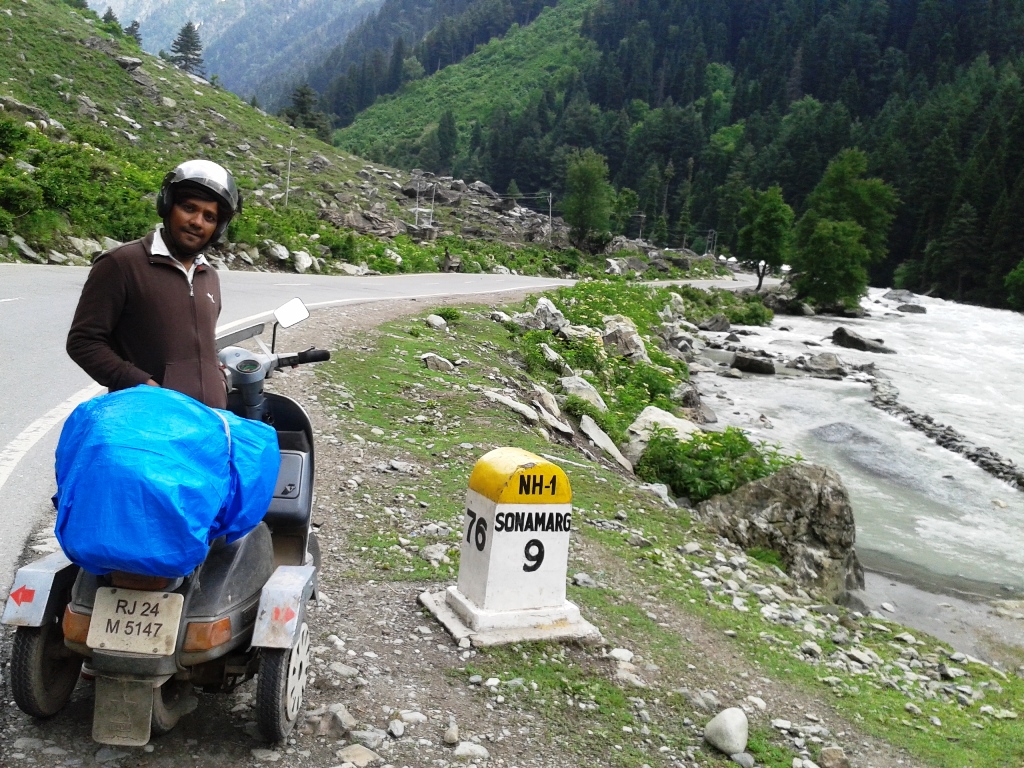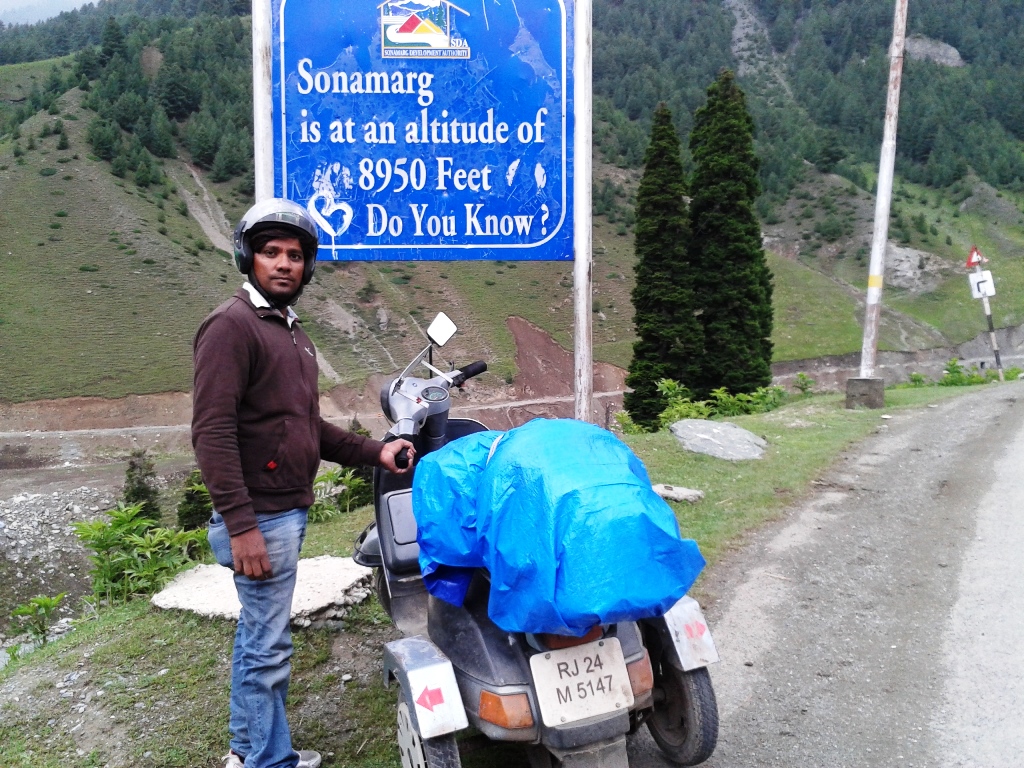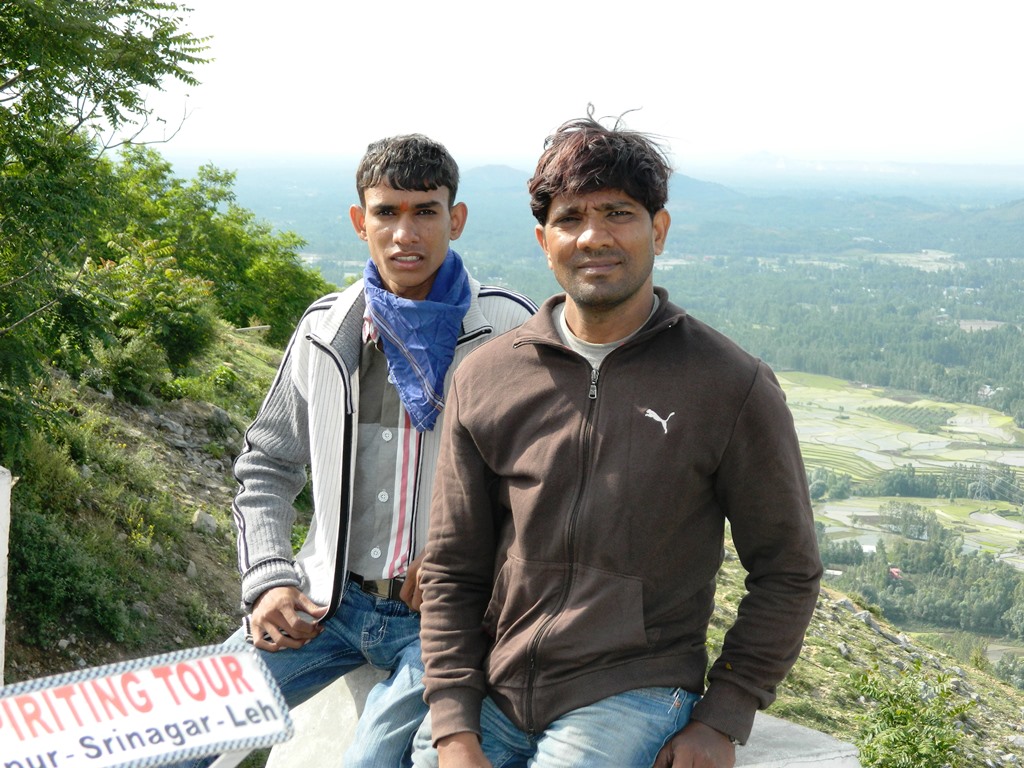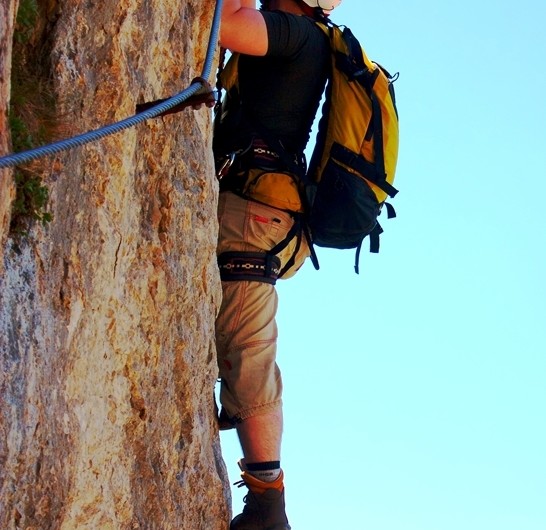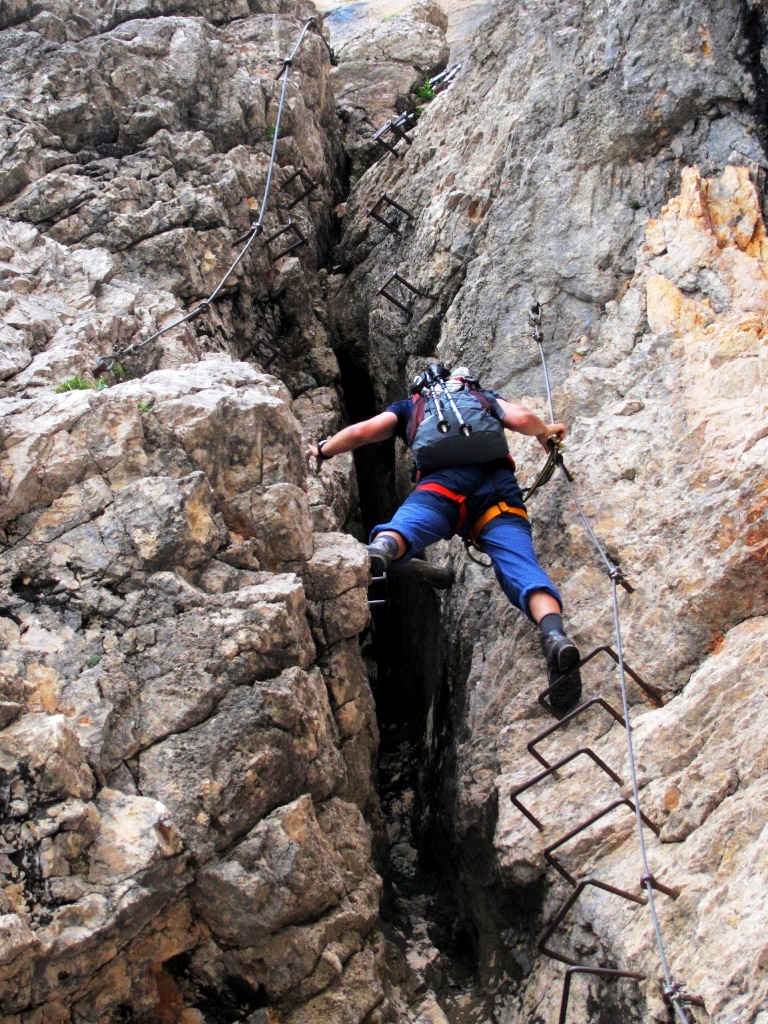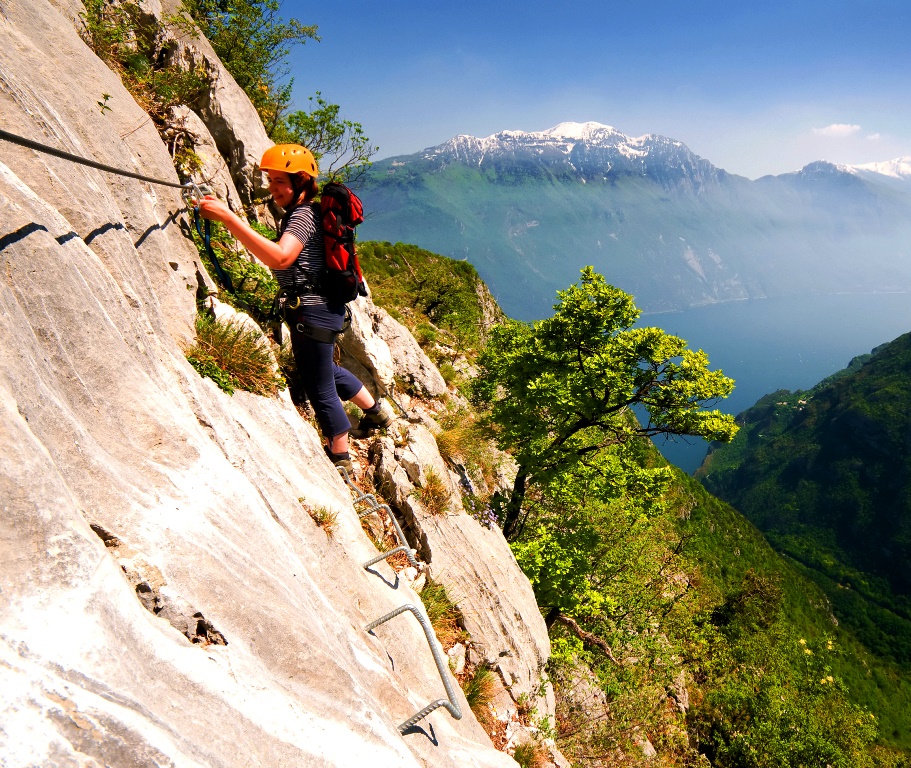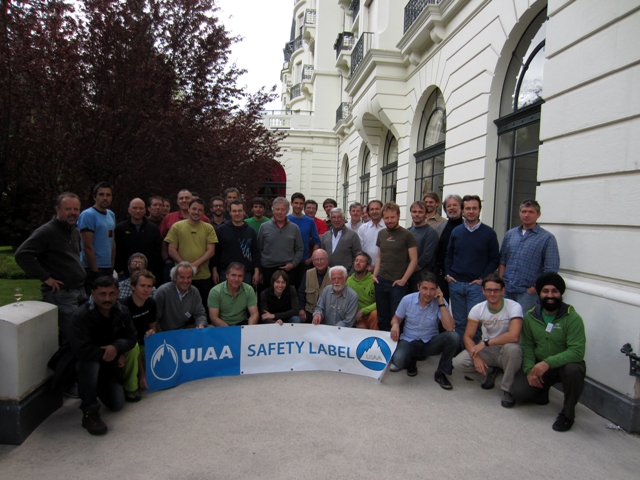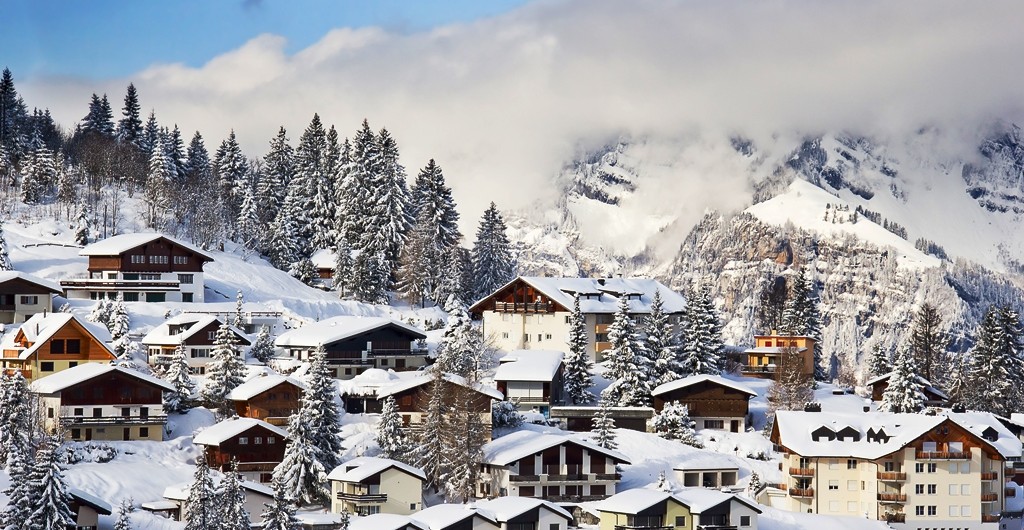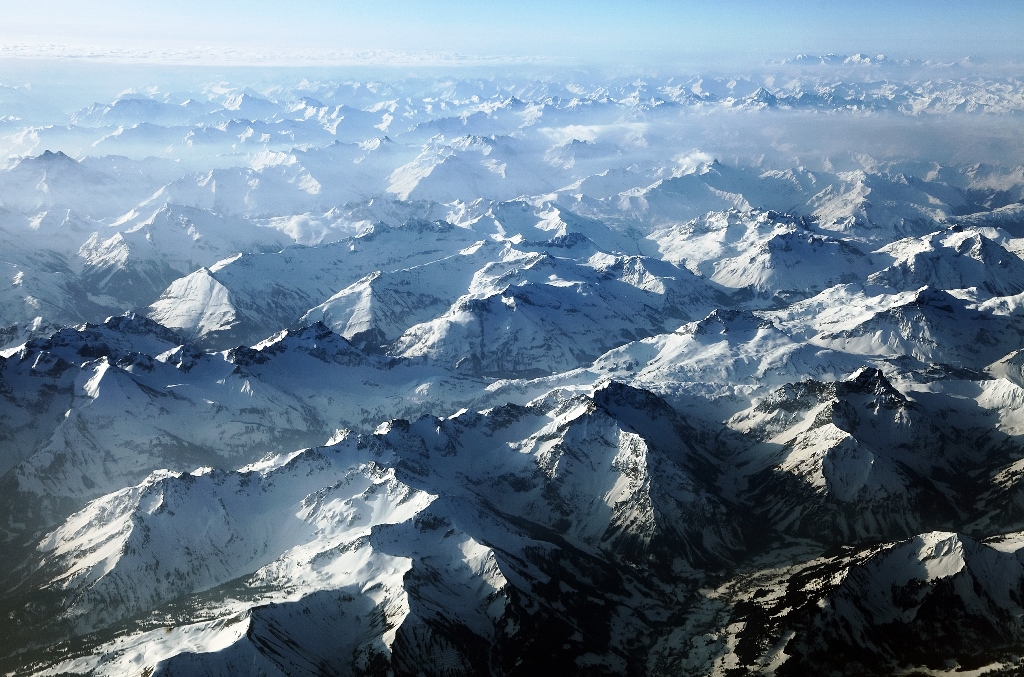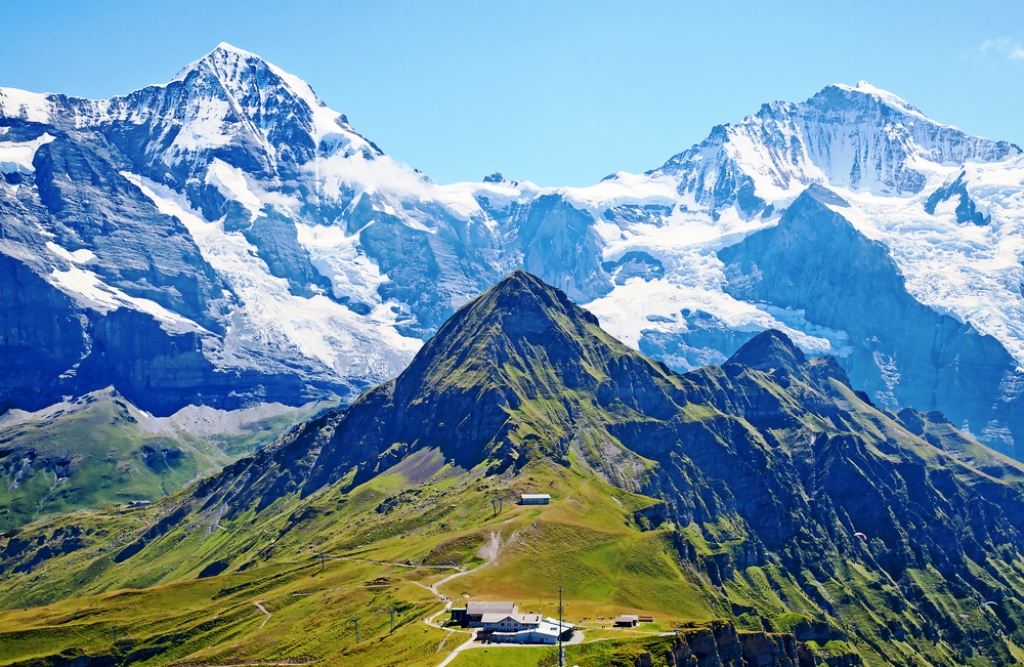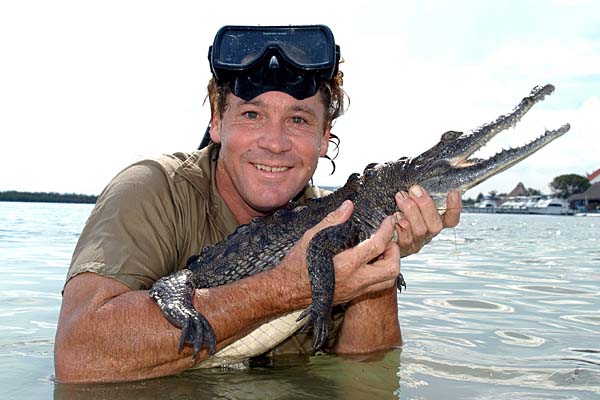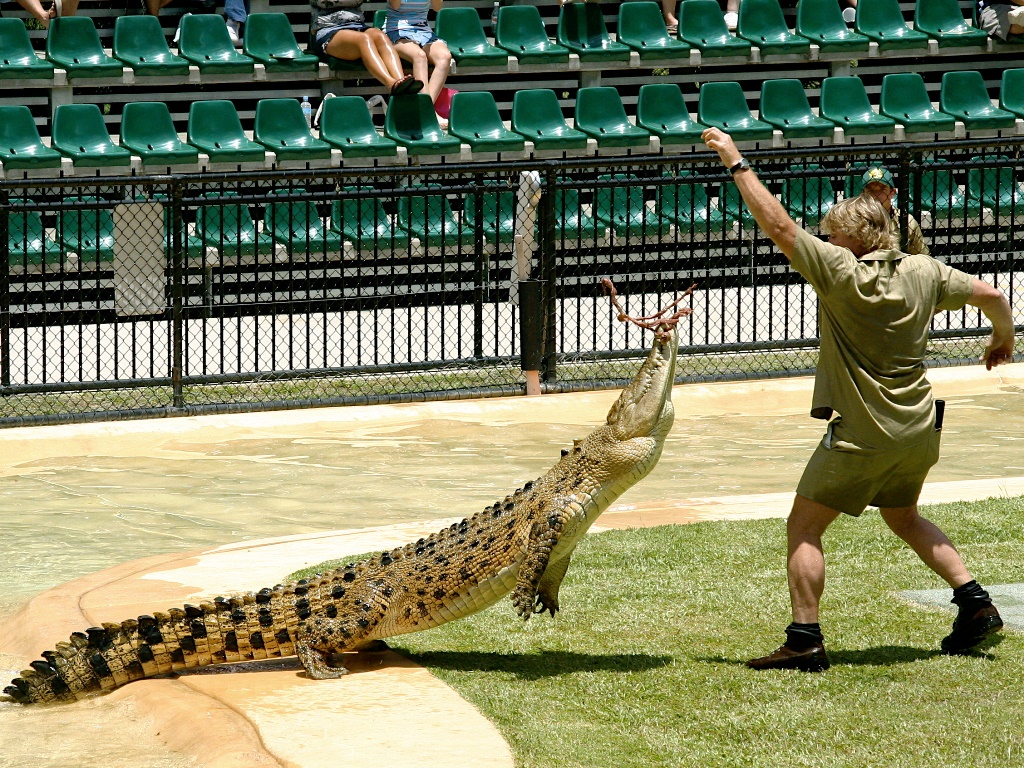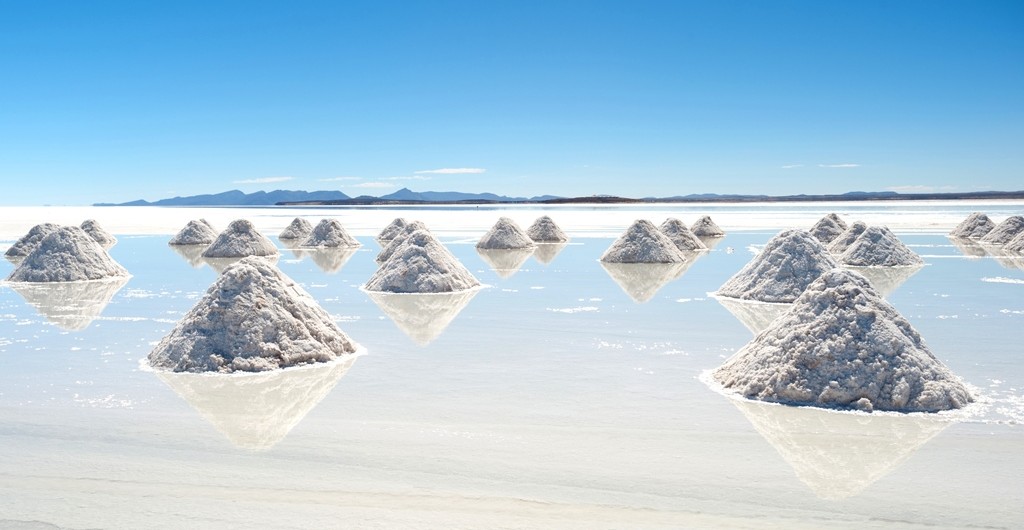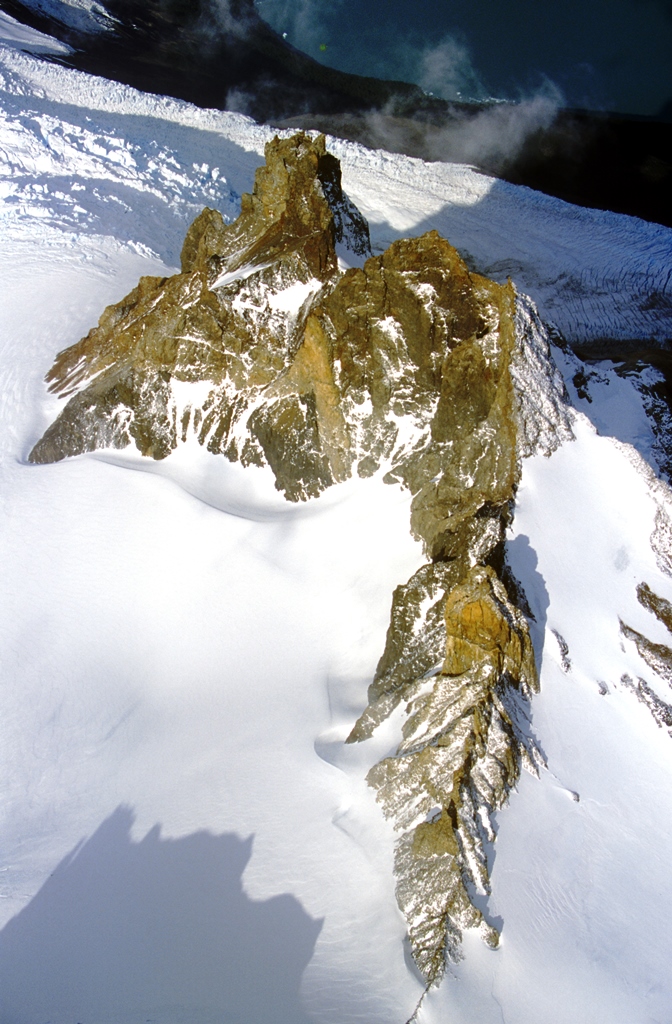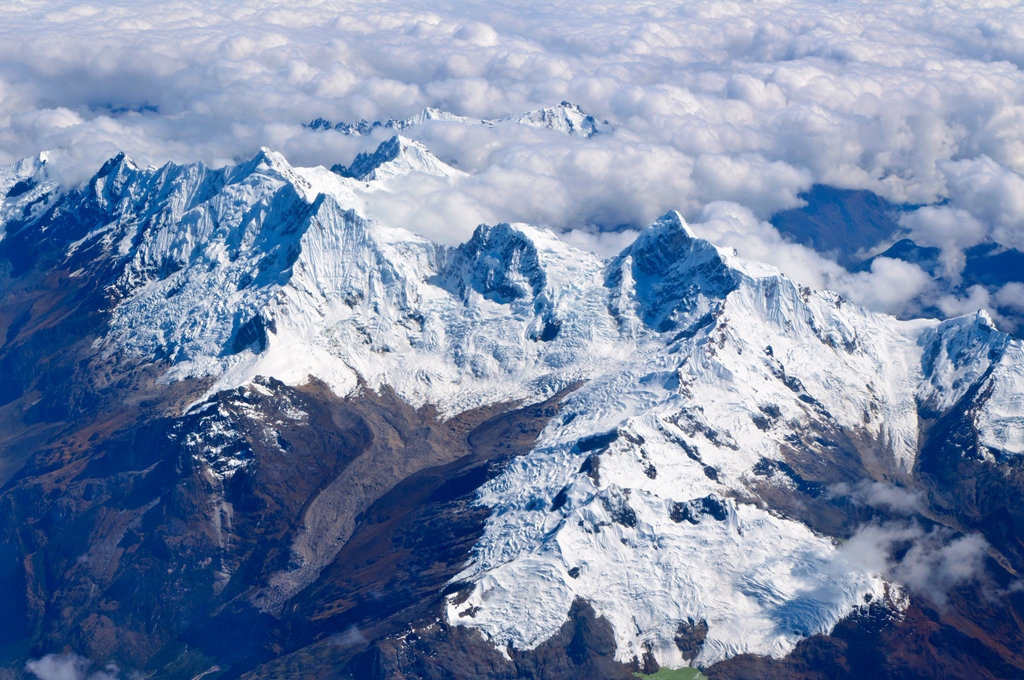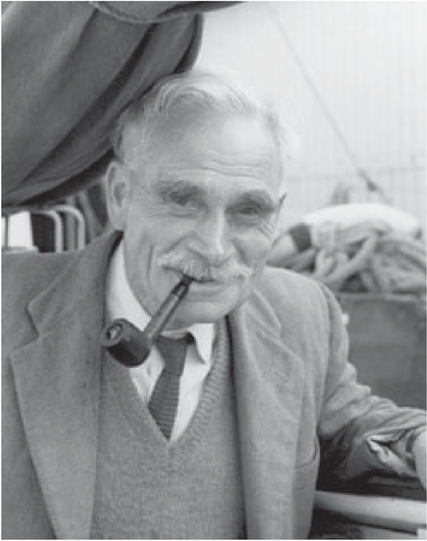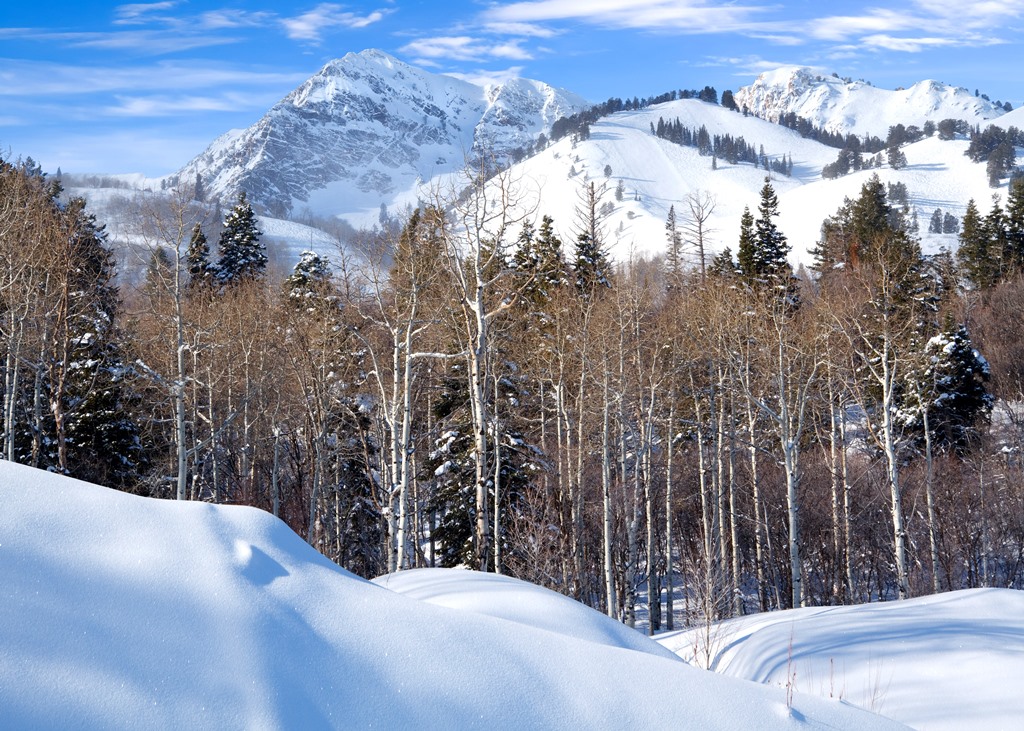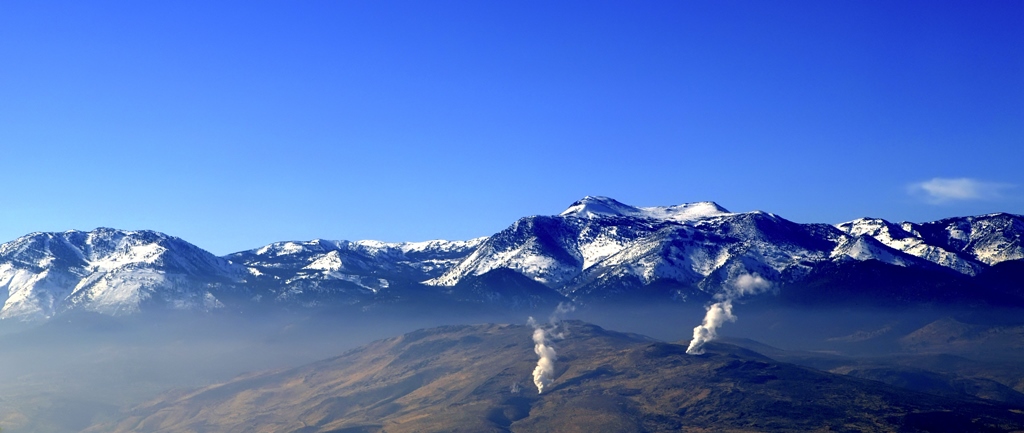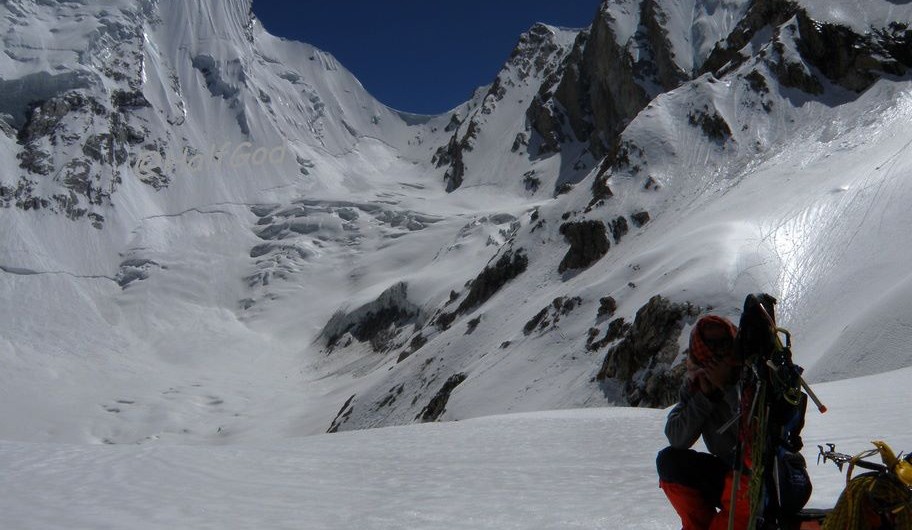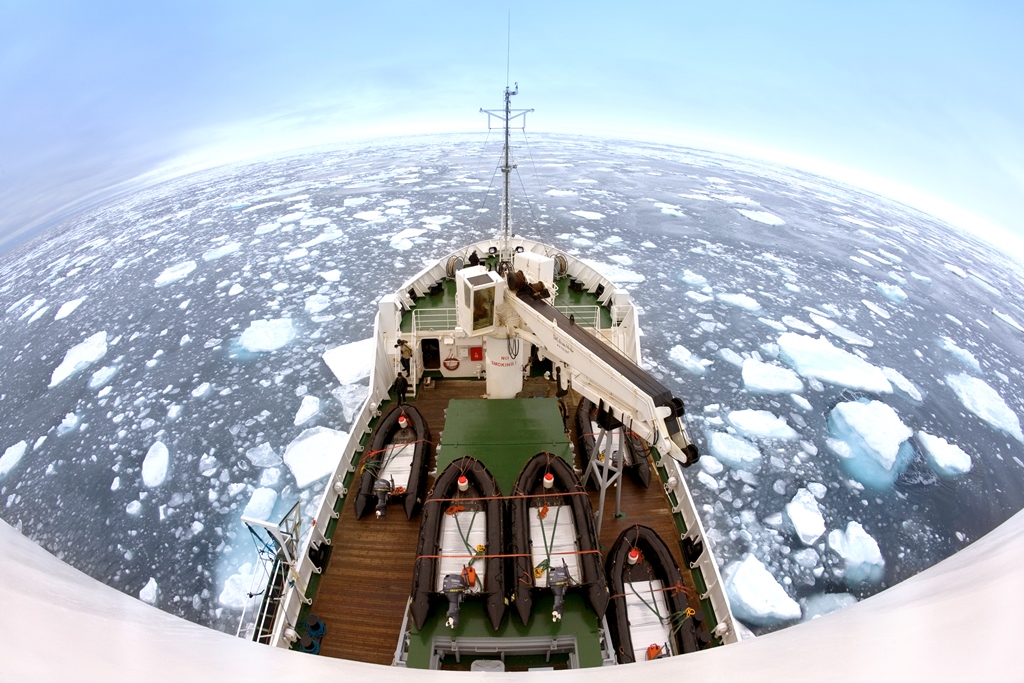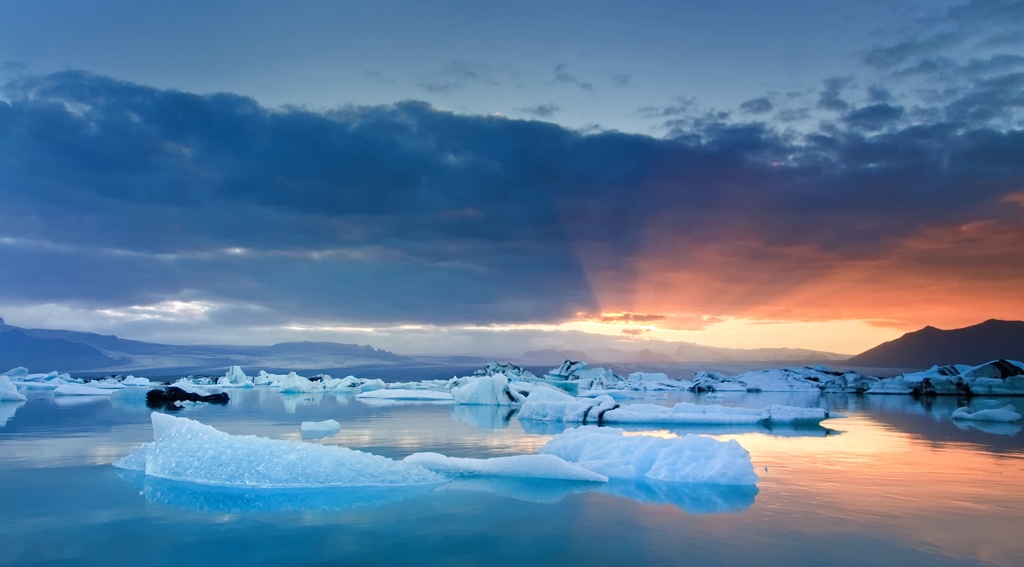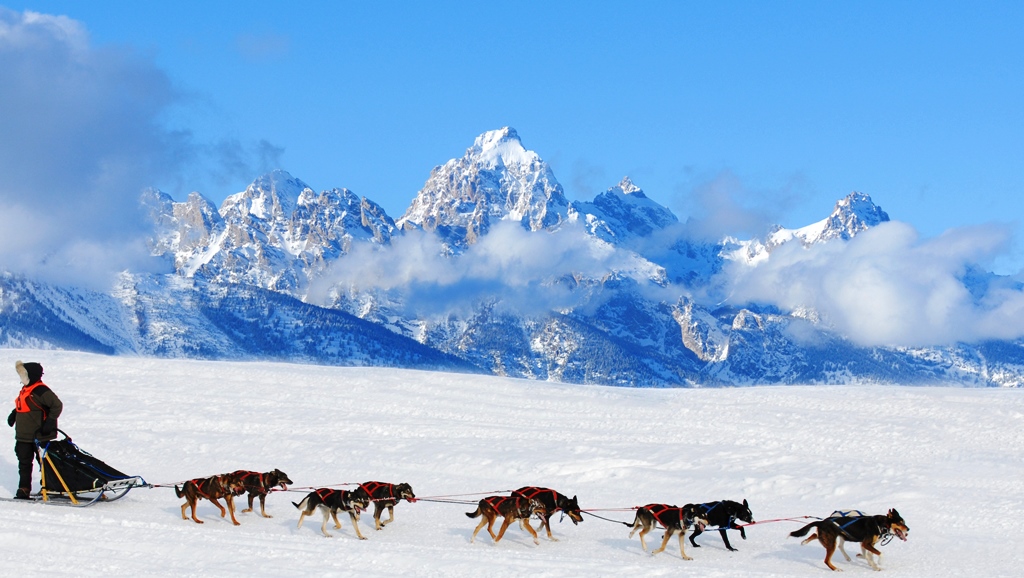Most adventurers would tell you that hiking is the weak sibling of other hardcore outdoor adventure activities. But those who have really experienced some dangerous treks would tell you that sometimes the most serious adventure in the world simply involves putting one foot in front of the other. Here is Adventure Nation’s pick of some of the most treacherous treks in the world:
1. Hua Shan (Mount Hua), China – Even though all the climbs here are treacherous (with nearly vertical stairways) the plank trail to the South Mountain is called the most dangerous hike in the world. It has wooden platforms secured onto the mountainside. Even getting to the trail is tough and consists of a climb up a vertical rebar staircase. At one point, the planks altogether vanish and hikers have to use small cavities carved into the rock.
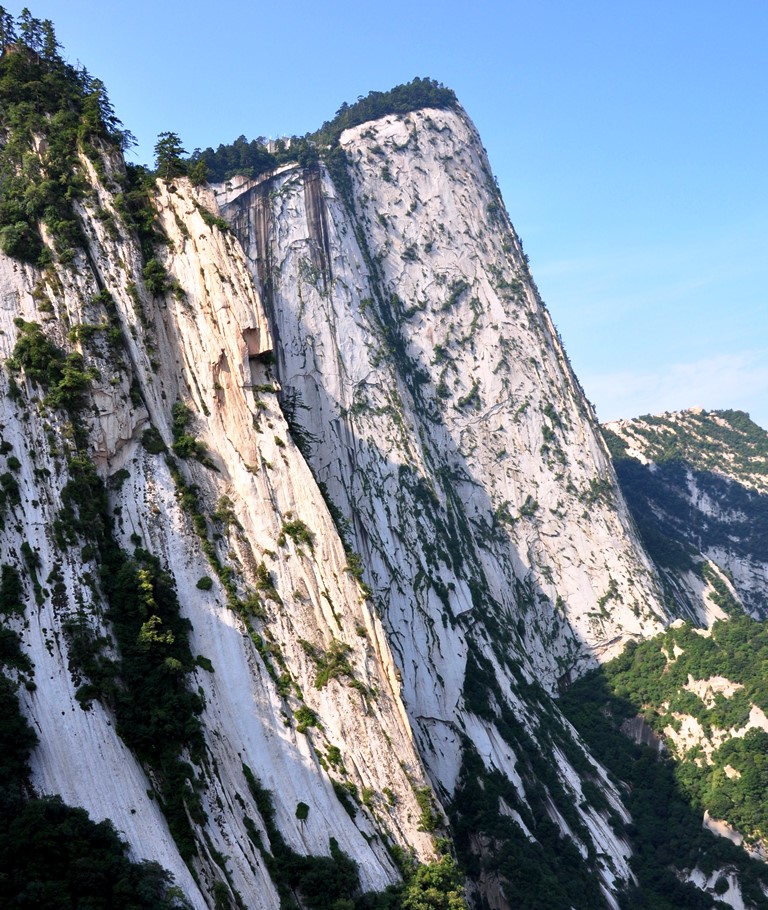
2. Kalalau Trail, Kauai, Hawaii – At its best, the Kalalau Trail along the Na Pali Coast in Hawaii is an remote jungle with steep volcanic slopes and a pristine undeveloped beach at the end. But the 22-mile round-trip hike can turn treacherous quickly. The path’s three major stream crossings can flood during monsoon, and falling rocks, especially around waterfalls, are always a concern. More than 100 people have lost their lives while swimming on the trail’s isolated beaches, and the transient community living on the shore can be hostile.
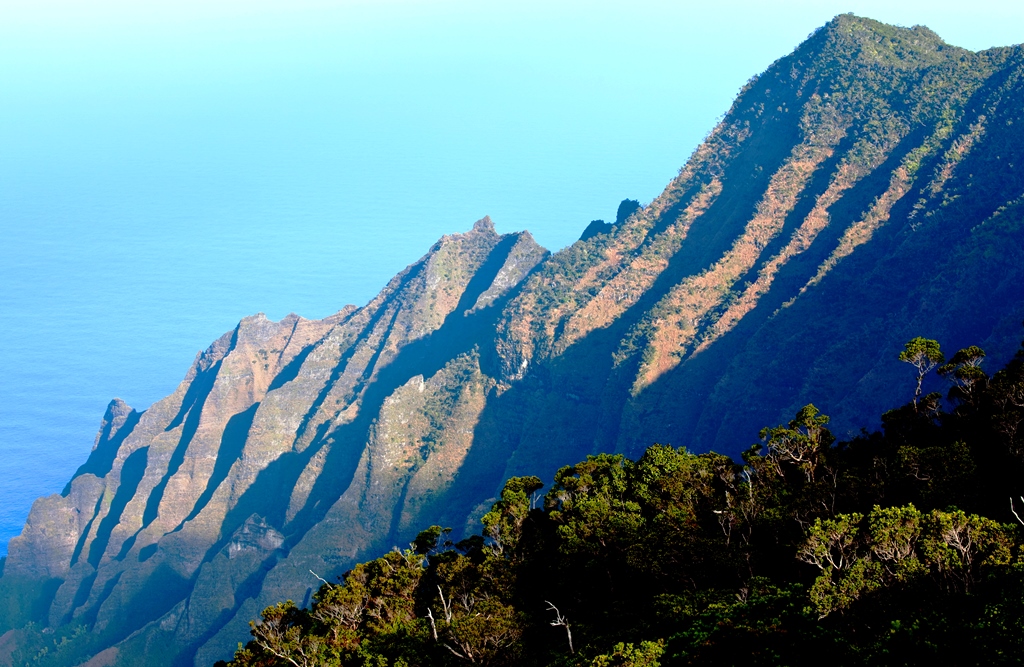
- 3. The Maze, Utah – About 2,000 people visit the most remote section of Canyonlands National Park per year, and not because it is not worth visiting. Known as the Maze, this red rock labyrinth is difficult to reach and almost impossible to navigate. To make it even more difficult it is full of dead-ends and always presents the danger of rock-falls or deadly flash floods.
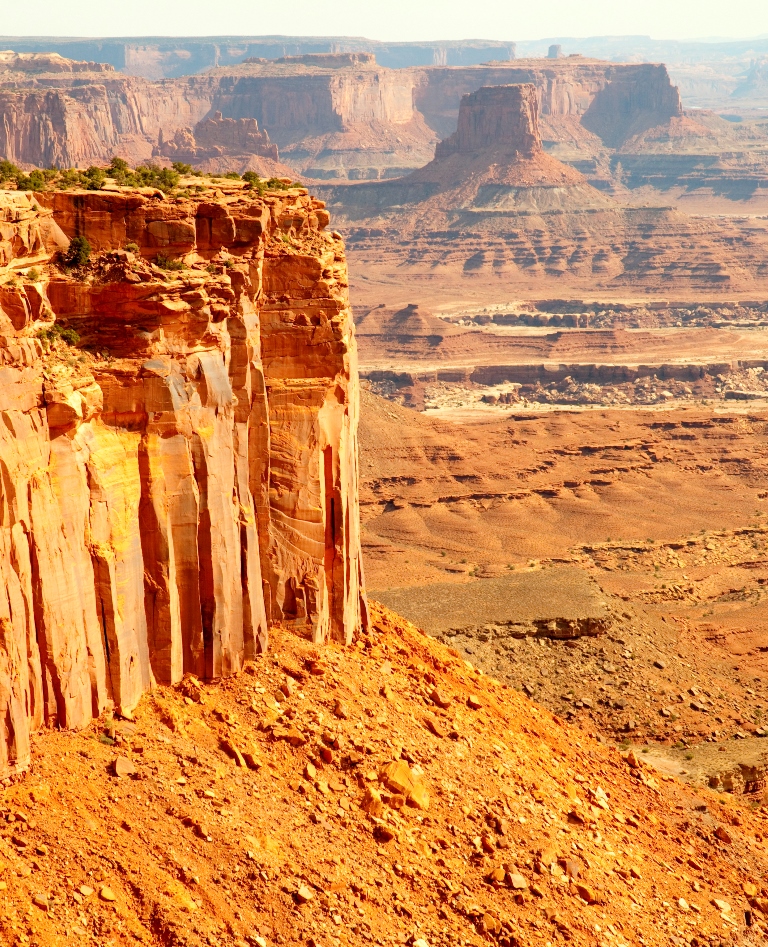
The Maze




